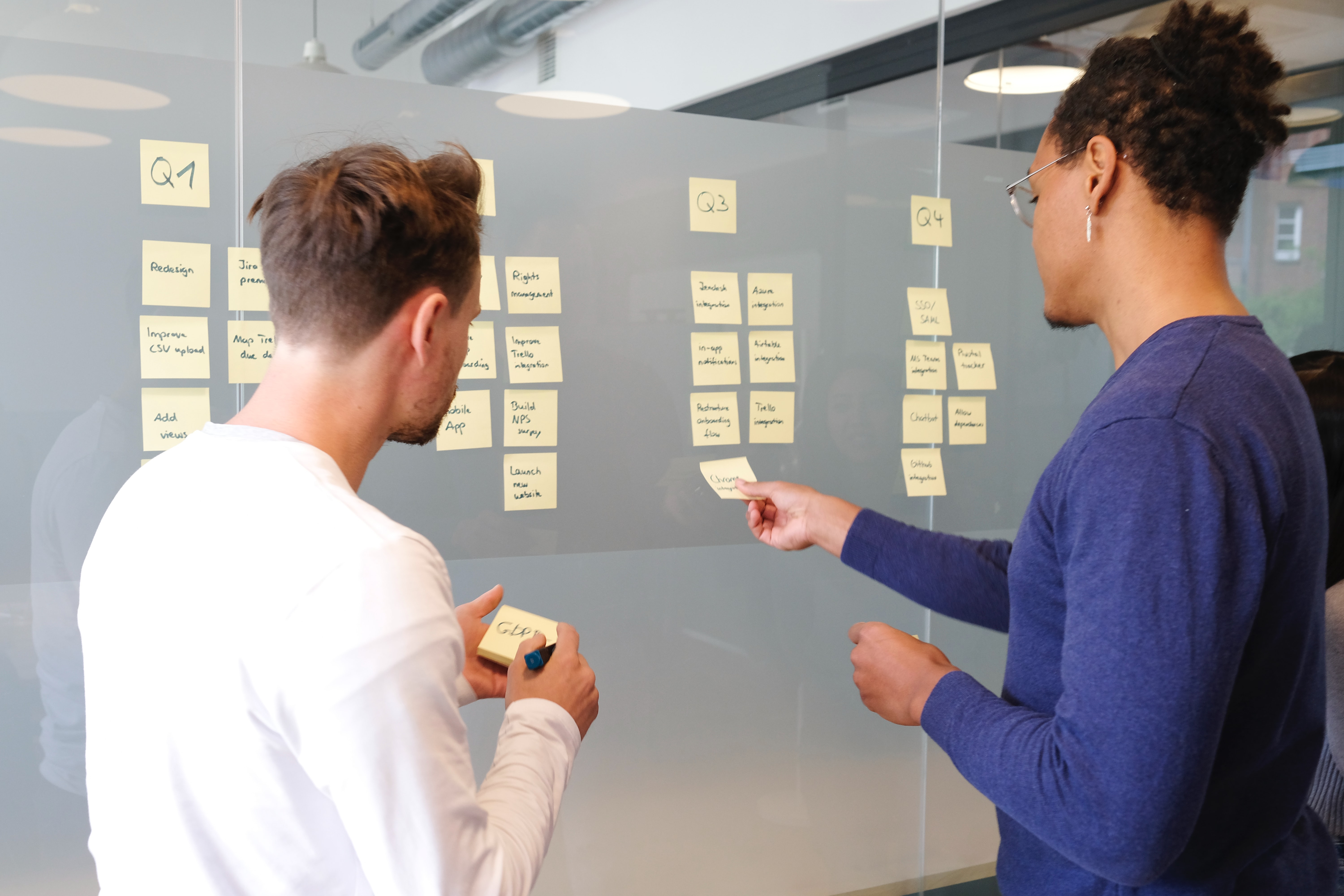
LW: Today we’re speaking with marketing guru Vignesh Kumar about knowing how to be successful and who comes to mind when he thinks about success.
Who would that be for you, Vignesh?
Vignesh: For me, one of the biggest and most successful people that I personally admire is Bill Gates.
He’s been super successful for the last 40 years now. He’s been there; he’s stayed on the top.
He’s given away like $40 billion to charity. That’s pretty epic in any way, shape or form.
A big project that he worked on was the soft card for Apple II. When Apple was just starting, Apple One failed miserably and no one really wanted to work with Apple at that point.
But what they did was they looked at what was broken and they fixed it. And it was a great personal computer, personal user device. But it couldn’t run office devices, documents, Excel and things like that.
[bctt tweet=”The idea is to live your life with purpose.” username=”LarryWeidel”]
Apple was up and coming and they needed to run office applications. So what he did was he actually went and met with Steve Jobs. And what ended up happening was they worked out a deal where Microsoft would supply Apple.
Microsoft initial revenue came from soft cards being sold to Apple users. That built the company up to where they were making $2 to $2.5 million a year in revenue. Back in the 1980s, that was actually a significant chunk of money, not unlike where it is today.
Now, the other big move that they did. They were doing really well selling soft cards to you know, Apple users. And then what they ended up doing also was they had a meeting with IBM.
This is the meeting that everyone likes to talk about. What they don’t realize is this meeting came after six years of Bill Gates working 16 hour days. He worked really hard to make that all happen. So next came the IBM deal. The IBM deal in which Bill Gates basically sat in front of people and he was talking about his programming language for IBM home PCs.
And IBM basically said, “no, we don’t want a programming language. We want an operating system.” So Bill Gates pretty much said, “Oh, I have one” which he actually didn’t.

He went down the street in Seattle and met someone named Greg. He basically bought the first version in one operating system from Greg for about $50,000.
He didn’t just take the operating system and just slap it into IBM. No, he had to work like another year or two to kind of polish it up and make sure it worked. It now became Microsoft DOS.
Windows version one came out and then Windows 95. So a 12 year gap when Windows 95 came out. That’s when everyone started hearing about it. Bill Gates then became the richest person. Now, the thing is that he didn’t stop there.
He went on to take the same methodology and things that he did for not only the personal computer space, he did it in the gaming space with X-Box. He did it in the internet space with Internet Explorer.
Internet Explorer is the past version of Chrome right now. Google basically looked at what Internet Explorer was doing. And that became Chrome, which everyone uses today.
This is one of the best business moves ever in history, but no one even knows that it happened. Bill Gates had his company. He sold all of his stocks and Microsoft, and now he’s using that money for philanthropy. He took all the excess money and he created something called Cascade investments.
So he took all the money that he had and from selling Microsoft stock and dividends. Whatever his share was that he was getting from the company, he put it into Cascade.

Now he took all the money that he had and slowly converted a lot of his money over to Cascade by the time he retired in early 2000. If you look at Bill Gates, his net worth goes up every single year.
Larry: Yeah. And the thing is that plays back into our theme here of thinking about what you’re doing and setting yourself up for success.
And I would imagine it’s his good friend Warren Buffet that gave him a lot of that insight that allowed him to set that thing up that way. Don’t you think?
VK: Yes. That would definitely have been a big part of that for sure. Gates learned from Buffet.
And so that technique is available to all of us. If we’ll just take the time to think about what we really want out of our lives and see who has been able to do that, what techniques did they use?
What was their thinking? What was their tools? What were their resources?
And start to move yourself over to get in line with their winning pattern because winning follows certain strategies. Winning follows winning patterns.
So 70% of your life is going to be spent working and it’s going to be in the pursuit of, you know basically getting revenue and money in, so you can sustain your life.
LW: Yes.
The idea is to live your life with purpose.
Once you decide what you really want you can start steering yourself in that direction and you can use these other people and other techniques and other systems people have done as your guide, get you in the right area.
But the exciting thing is even if you only improve each day by 1 percent, which wouldn’t be a huge improvement over a week. That’s going to add up over a month if you’re pushing to improve.
That’s the ABI principle. I talk about it. Chapter five, my book always be improving and you have the attitude that things can always be better looking around.

How can we get things better? How can we do things quicker, faster, better? And you said you only get a 1 percent improvement.
That adds up and over a week, month, year, it actually becomes a way of life. One year after another, all of a sudden you start to skyrocket past all of the people that you used to be even with. And they look around and say, what happened to this guy or this girl? How did they do it?
Well, it’s happening in plain view, but it’s happening with a little bit more focus, a little bit more intensity, a little bit more thought about what’s going on.
It’s kinda like the Bible says redeeming the time, you’re not wasting. You’re just using a little bit more of the time for your intended results and these things.
If you steer your car on the left, you’re going to go to the left. You steer your car to the right. You’re going to go to the right. So if you steer your life in the direction of success, you’re going to have more success.
And that’s the message of what we’re doing here.


